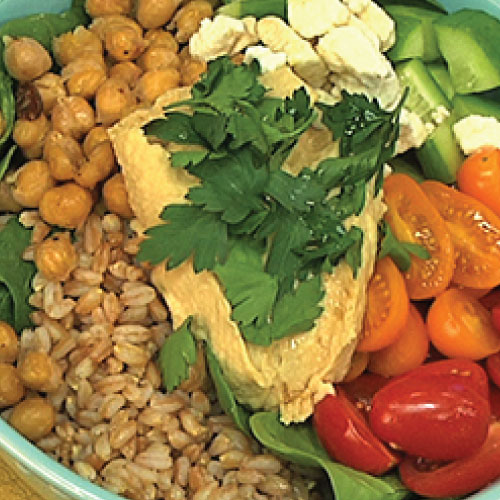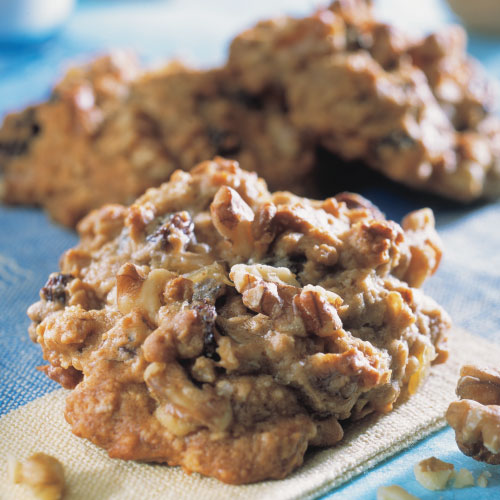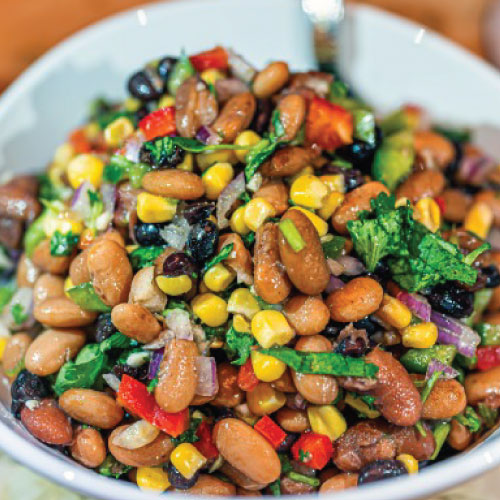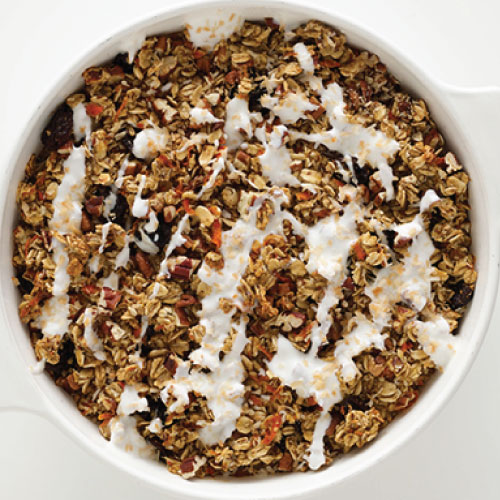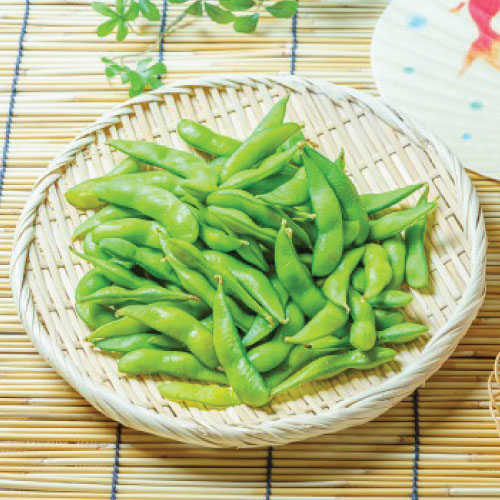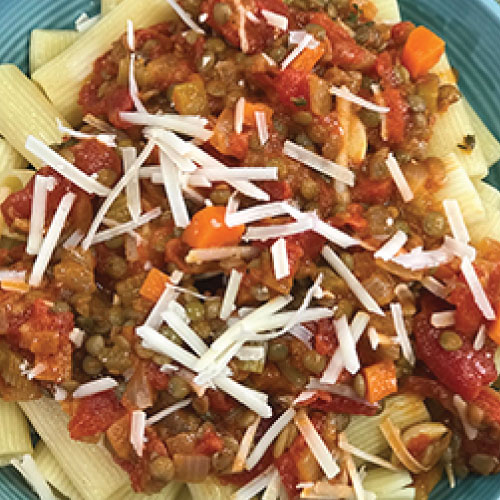

The Power of Fiber
Author: be well™ with Big Y® Registered Dietitian Team
You may have heard a lot about fiber, but do you know what it is, why it’s important to eat and which foods provide it?
What is the difference between insoluble and soluble fiber?
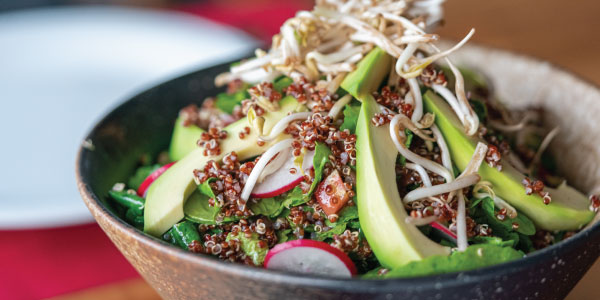
Insoluble fibers are the components of fruits, vegetables and whole grains (like quinoa) that add weight to stool. These are the fibers you think of when looking to promote a healthy colon by increasing fiber intake to have regular bowel movements.
Soluble fibers tend to be more viscous in nature than insoluble fibers (although not all soluble fibers are viscous). These viscous fibers help reduce blood cholesterol levels by soaking up bad cholesterol circulating in blood. Additionally, these fibers help buffer the release of glucose in blood after eating a meal. Soluble fibers can be found in fruits (blackberries), vegetables (potatoes with skin), nuts (peanuts), legumes (beans) and grains (barely, wheat germ and oatmeal).
What does research say about the benefits of fiber?
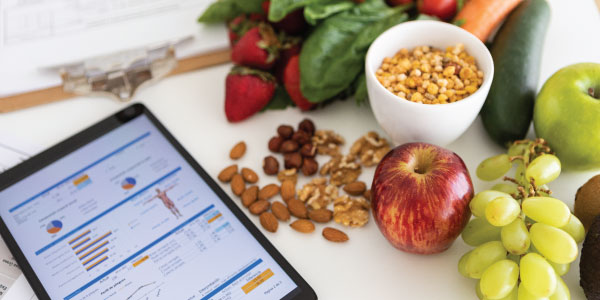
The role insoluble and soluble fibers play in disease risk continues to be researched, with new findings as the study of human’s gut microbiome advance.1 Both large population and small group observational studies indicate meal plans high in fiber can reduce the risk of cancer, heart disease, diabetes and certain gastrointestinal conditions such as constipation and diverticular disease.2
One note about observational studies and clinical trials as important tools to understanding nutrition science. The overall relationship between the foods you eat and how they work together may be the power of prevention for disease rather than any specific, isolated nutrients and molecules. Therefore, not one food component is ever working alone — like fiber.
This is one reason it is recommended to eat all foods in moderation.
Are you missing the mark when it comes to fiber?

According to the 2020-2025 Dietary Guidelines for Americans,3 “More than 90 percent of women and 97 percent of men do not meet recommended intakes for dietary fiber.” How can you ensure you’re eating the 22-34 grams each day that the Guidelines recommend for adults (depending on age)? They note that missing dietary fiber goals “…aligns with intake patterns where fruits, vegetables, and whole grains are underconsumed by more than 85 percent of adults.” What an awesome reason to incorporate plenty of fruits, vegetables, dried beans, lentils, peas and chickpeas, nuts and seeds, as well as whole grains into your meals and snacks!
As a bonus, meal plans that incorporate these foods also tend to provide greater volume (e.g.: take up more space in your stomach) with fewer calories, solid fats and added sugars. This phenomenon may help with weight management due to providing better satiety and energy.
One Last Tip About Fiber

As you work on increasing your fiber intake, do so slowly while increasing fluid intake. This will help prevent against diarrhea caused by too much fiber and constipation caused by too little water.
Ready to enjoy meeting fiber goals?
Create delicious meals with a few of our favorite recipes that include fiber-containing ingredients:
Mediterranean
Grain Bowl Recipe
This one-bowl meal is full of color, texture and flavor.
California Walnut Breakfast
and Snack Cookies Recipe
These any-time-of day “cookies” are perfect for your family’s end of summer road trips.
BUSH’S Three Bean
Confetti Salsa Recipe
An easy and tasty way to begin incorporating pulses into meals regularly.
Crispy Potatoes with Garlic
Lemon Avocado Aioli Recipe
It's a fantastic combination of flavors and textures.
Grilled Garlic Tarragon
Artichokes Recipe
Enjoy beneficial nutrients like folate, potassium, magnesium and fiber with this simple, yet delectable, recipe.
1 Lancaster SM, Lee-McMullen B, Abbott CW et al. Global, distinctive, and personal changes in molecular and microbial profiles by specific fibers in humans. Cell Host Microbe. 2022 Jun 8;30(6):848-862.e7. https://doi.org/10.1016/j.chom.2022.03.036.
2 Harvard T.H. Chan School of Public Health. The nutrition source: Fiber. Accessed 4/3/2024. https://www.hsph.harvard.edu/nutritionsource/carbohydrates/fiber/.
3 U.S. Department of Agriculture and U.S. Department of Health and Human Services. Dietary Guidelines for Americans, 2020-2025. 9th Edition. December 2020. Available at DietaryGuidelines.gov.
Reviewed 5/8/2024


